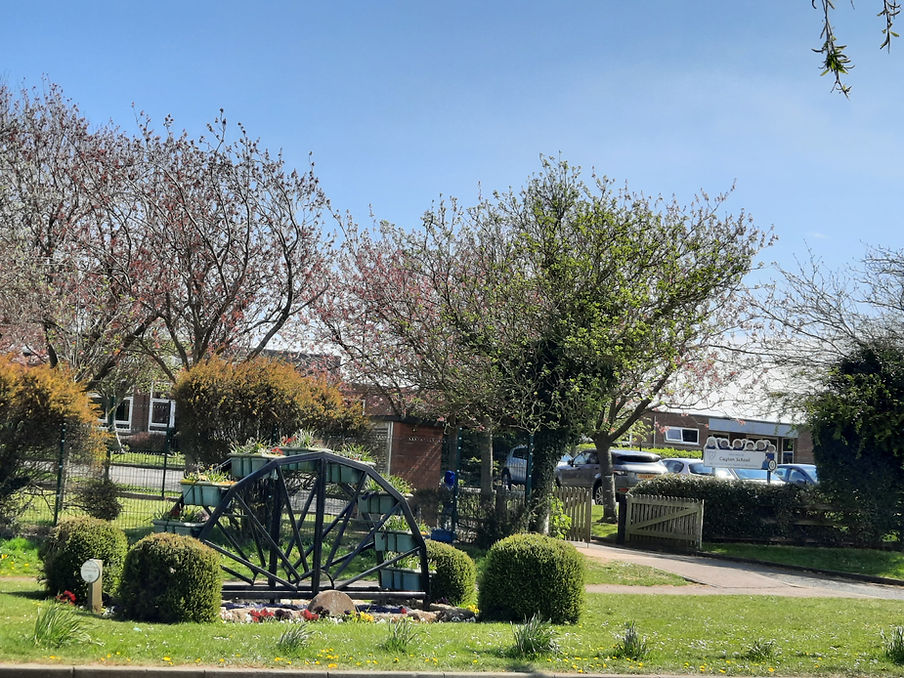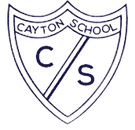

Learn from yesterday, seek today and aim for tomorrow
“There are high expectations for all pupils. Pupils’ attendance is high. Pupils’ conduct in and around school is exemplary.”
“Parents and carers are committed to the school. They are overwhelmingly positive about the impact the school has on their children.” “Pupils thrive in a carefully developed, nurturing environment.” “Pupils have an appetite for learning.”
“All decisions at Cayton are taken with the pupils’ best interests at their centre.” Ofsted November 2024
IMPORTANT: Please note that we are a nut-aware school. Nuts should not be brought into the building due to allergies.
Being a Designer at Cayton
Intent
Why do we teach this? Why do we teach this the way we do?
At Cayton School, we aim to provide a Design and Technology curriculum to inspire and ignite the imagination of children from EYFS to Year 6. We intend to provide a range of experiences connected to topics which include variety of techniques. Children should be confident and be able to plan, experiment and evaluate their own work. During Design Technology, children are learning and using new vocabulary, as well as becoming problem solvers on the go. Resilience is something that is encouraged and we like children to take risks.
Implementation
Children are taught regularly by teaching staff from EYFS to Year 6. Children have access to an Art Center with all available supplies at hand. Such as: wire, glue guns and electric circuits. On MTPs teachers are usually either given and Art or a DT project to complete for their topic so that projects are completed to a good standard.
At Cayton School, we aim to apply for the ArtsMark award in 2022 which will promote a love of Design Technology across school.
Impact
At Cayton School, children will become confident and enthusiastic in designing their own projects. They will develop resilience and be able to take on practical challenges and apply these to adult life in an increasingly technical world. Behaviours and attitudes will help children understand how designing can improve well-being and taking pride in their learning.
Children should leave Year 6 being able to understand the basics of making a meal. The components of a healthy meal are shown to children to, as well as the necessary vocabulary.
The Learning Journey
Early Years
In Early Years, children begin to experiment with using tools like scissors for an accurate cut. Children are able to progress through the school year and expectations are increased as they enter the summer term. All children are given the time to create their own props and puppets using their imagination and are able to sew using a pre-running stitch. They are encouraged to evaluate their own work when they have finished and decide how it can be improved ready to develop this skill further in Key Stage 1.

Pupils are taken on walks to access nature for observational drawings and tree rubbings. They are also taught to adapt their work based on different types of paper used.
Key Stage One

Through Key Stage 1, children use their imagination to create various homes for various moving objects. These range of a doll with moving arms and a car with moving parts. Each of these are created using tools required. Children are able to decide on their own materials from junk modelling. The vocabulary is a big part of these lessons. The children look into words like waterproof and design criteria.
Children in Key Stage 1 are all taken for cookery lessons. They are taught about food hygiene and how to wash their hands and set the environment ready for prepare food. They create balanced dishes and given a creative element to be able to decide on a few toppings of their choice.
Lower Key Stage Two
Through Lower Key Stage 2, children extend on their ability to meet a design brief. Children are required to create designs for their projects and annotate any changes they need to make. In Year 3, children make volcanoes in groups and then see them explode using bicarb and vinegar. They are then required to reflect on the aftermath once the experiment has taken place!
In Year 4, children create a Roman shield. They are asked to decide on appropriate colours and design using their previous lessons covered. Their reflections are taken back to the original design brief to decide if they have been successful.

Pupils are also taken for cookery lessons to further extend on these skills. In Lower Key Stage Two, they are given further opportunity to measure out ingredients for their dishes. They are also taught memorable skills to chop seasonal vegetables, such as the claw. As well as considering food hygeine, this is to work on being safe in the kitchen.
Children are also given a chance to add toppings of their choice. They are exposed to new foods and cooking elements and also how to clean up a messy kitchen!
Upper Key Stage Two
During Upper Key Stage 2, children are able to develop their designing skills and use of tools. In Year 5, they create 3D sculptures such as Viking Longboats through the use of glue guns and table saws. They develop skills to stay safe with the hot glue gun and saws as well as creating a meaningful project that they can admire. Children are also able to use vocabulary together to promote understanding. Aesthetics of projects become more important and they are able to reflect on their final piece. In Year 6, children are able to look further into using Design Technology for potential jobs. They look into shop front aesthetics and the purpose of ensuring a shop looks attractive. As well as looking into the important of Architecture and how the fundamental elements change depending on location.

In Upper Key Stage Two, children are again given cooking lessons in our kitchen suite. As food hygeine and food safety and been ingrained into our children from Key Stage 1, they have more time in lessons to cover more skills and create dishes. Children will also have become more used to measuring out ingredients and using them to form a harder dough. They will be exposed to more challenging vocabulary. They look the difference between savoury or sweet. Children look into making dishes like truffles and quiches.







